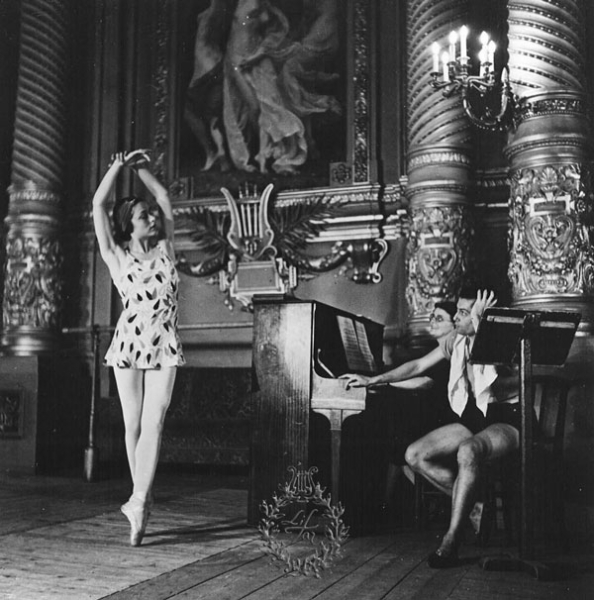
Serge Lifar started many important reforms of the Opéra de Paris. When he became director of the Ballet de l'Opéra de Paris the company had reached its lowest level. Reforms were urgently needed. Serge Lifar tackled this task with passion and elevated the company back to its highest level. In his autobiography, he explains that when he became director,
"There was no troupe, no audience, and no living tradition worthy of the name."
Serge Lifar created a weekly evening event dedicated to dance, Les Mercredis du Ballet. Members of the audience, who were not used to paying much attention to performances, were henceforth required to sit in the dark and were no longer allowed to enter the theatre once the orchestra has started playing.
The dancers of the Corps de Ballet, unfortunately, lacked the expected precision and discipline. Consequently, Serge Lifar imposed the return of silk ribbons and forced the ballerinas to dance en pointe, which may seem unconceivable, but the dancers had indeed given up the pointe shoes in favor of the more comfortable demi-pointe shoes.
Male dancers were required to shave and wear make up for performances.
Also, the Foyer de la Danse, known at the time for being a place for romantic encounters, was closed to season-ticket holders and exclusively reserved for the artists preparing for performances.
Serge Lifar opened an adage class and returned male dancing to its place of honour.
Considered to be the greatest European dancer of his generation, Serge Lifar trained dancers using the Vaganova school technique and reintroduced great Russian teachers, among them Olga Preobrajenska and Mathilda Kschessinskaïa.
In 1945, Serge Lifar brought back the tradition of the parade of the ballet corps, which had only taken place twice since its creation in 1926. For the occasion, he chose the Marche from "Les Troyens" by Hector Berlioz.
